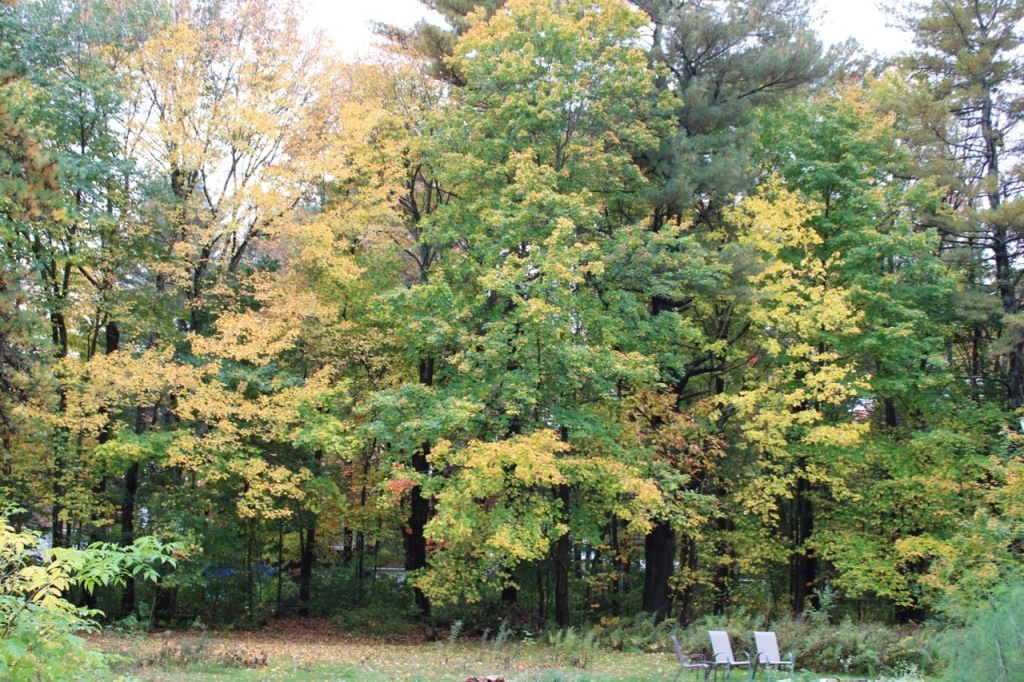
I woke to a crash of thunder about 7 a.m. this morning, with a driving rain pounding against the wall and window near the head of my bed. What a beautiful sound to start the day! The rain only lasted about an hour, and then the skies were gray, but the air was lit by leaves of gold and orange encircling our back yard. We’ve had no frost yet, and the October transformations are unfolding with beauty and grace.
I’ve been surprised by how low in the sky the sun travels at this time of year—even at noon it is lurking behind the tree canopy shading the back half of the yard. You’d think after all these years I would be used to it by now. I’ve also been surprised by new raspberries ripening fat and delicious. Usually our “everbearing” raspberries don’t ripen in the fall—there is not enough sun and warmth in their spot to bring them to completion—but perhaps taking out the (invasive) Norway maples near the fence helped them to get more morning light. They taste better than any of the summer raspberries.
October is also a month for ancestors, leading up to Samhain on the 31st. I have continued to search for more information about Marie-Madeleine, my Innu great-great-great grandmother. I’ve been lucky that I emailed two people who seemed to have some resources, and they both replied and sent information. Magic! One told me that, from looking at his records, Marie Madeleine Manitukueu could not be my ancestor, because she married someone else in 1815, and then that person remarried in 1825 after her death. So that was incredibly helpful. Most of the work will be eliminating the women who cannot be my ancestor.
Then he also sent me a list of 17 “Marie Madeleines” or “Madeleines” recorded births from 1790 to 1818 at the Postes du Roi, from the databases he had access to, and agreed with me that it seemed most likely that she would be born closer to 1800, rather than 1789, since her last child (Marie Sylvie) was born in 1846. (The 1789 date is based on her death record stating that she was about 60 years of age at her death in 1849.)
I believe that going by child-bearing years is the best guide. A late baby in her 40s is more possible than in her 50s. The child before the one in 1846 was born several years earlier in 1839 (Sophie)—so it seems also more likely that 1846 was a late baby. Her prior children were about 3 years apart. Her first documented child was born around 1828, but it is possible that she was the mother of earlier-born children of her spouse Peter McLeod. (Most sources say that he had an earlier Montagnais woman spouse, but there is less agreement about which children had which mother.) To go by a childbearing age of about 16 to 50, it seems like her own birth would be between 1796 and 1812.
This leaves 11 women on the chart—stretching slightly to include Marie Madeleine Katshisheiskuet (born 11/11/1795). So, the next thing I did was explore GénéalogieQuebec.com, to see if I could do research on each of the women. But I ran into a problem immediately. The records of the Postes du roi included on that site seem to be missing many of these vital years, not yet indexed, and none were available in direct images. I could not seem to find access to the databases to which my email correspondent had access. To complicate things a bit more, the parents listed for Marie Madeleine Katshisheiskuet in GénéologieQuebec are different from my earlier resource, and I think the only way to clear that up would be to look at an original record.
So, I feel stuck again—there is such a distance between Quebec and the United States—so much knowledge does not cross the border. I would like nothing better than to pore over these old records looking for the lives of these 11 women, seeing if I could find other marriage and death records that would steer me away from some, and toward my own ancestors. I don’t know why I think I can succeed where prior genealogists have not found a link. But maybe they didn’t have the same motivation. I’ve sent an email to the GénéologieQuebec site asking about the Postes du roi records. I also think I found some at the Catholic Archdiocese of Quebec, but not published or indexed.
It’s like the detective stories I’ve been reading—so many mysteries, so many clues. Why do I write about it here? I’m putting some magic out into the universe, hoping that some kind of thunder might open the cloudy skies between me and the past, between me and the place my ancestors are from. I’ve learned a lot in the process. It has been my experience that when I reach out to my ancestors, they reach back—more so when I have actually traveled to Quebec, but since that is not possible, I hope they will reach across the border.
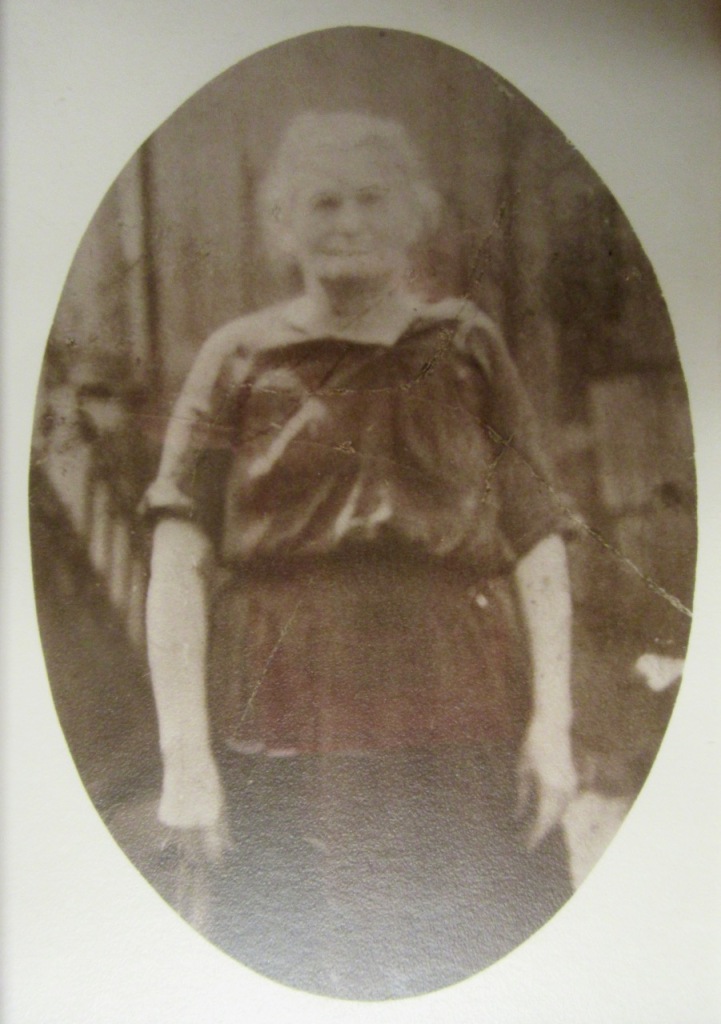
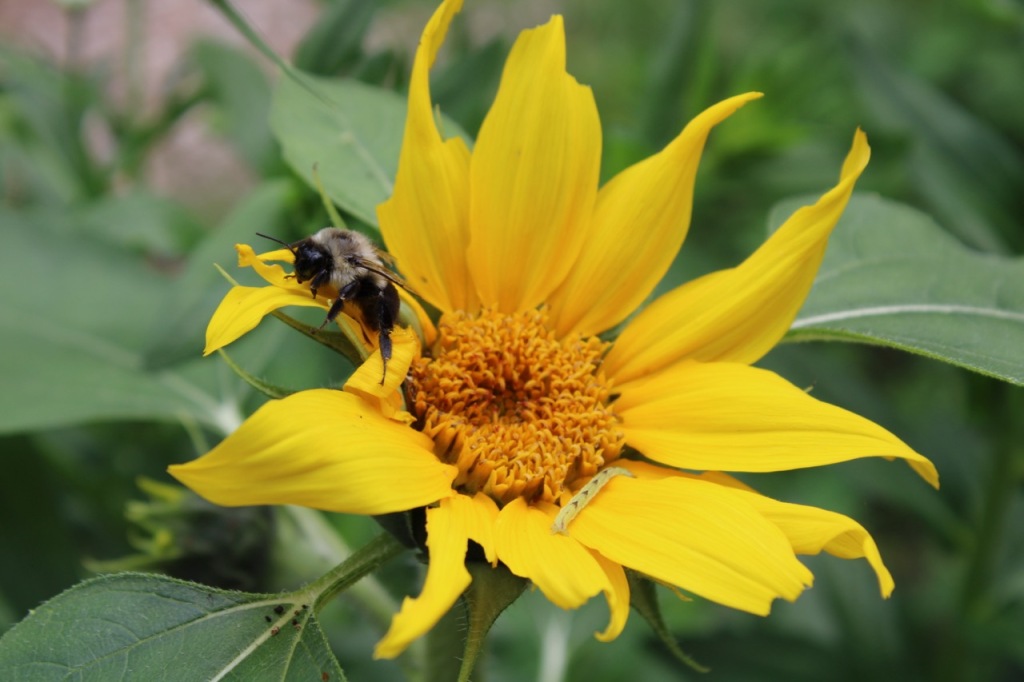










































































































 This is how it feels in our country right now too. The path crumbling beneath our feet. The foundations of common wellbeing disappearing. Well actually, it feels much worse, but I’m stretching for a metaphor here. And besides, this hole made it difficult for the mail carrier to reach our mailbox, so that’s a link.
This is how it feels in our country right now too. The path crumbling beneath our feet. The foundations of common wellbeing disappearing. Well actually, it feels much worse, but I’m stretching for a metaphor here. And besides, this hole made it difficult for the mail carrier to reach our mailbox, so that’s a link.






















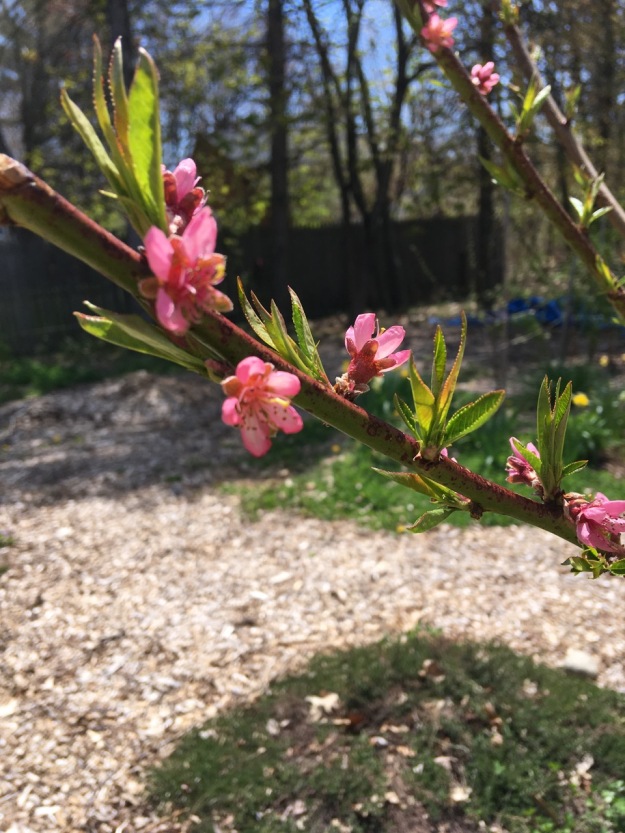
 Two years ago, when I found any stones in the asparagus bed I was creating, I threw them over to a place next to the garage, until there was a pile of stones there. Then, later, as I found more stones, I added them to the pile. This spring, the violets decided they loved the microclimate it created. So now this pile of stones has become a beautiful violet rock garden.
Two years ago, when I found any stones in the asparagus bed I was creating, I threw them over to a place next to the garage, until there was a pile of stones there. Then, later, as I found more stones, I added them to the pile. This spring, the violets decided they loved the microclimate it created. So now this pile of stones has become a beautiful violet rock garden.













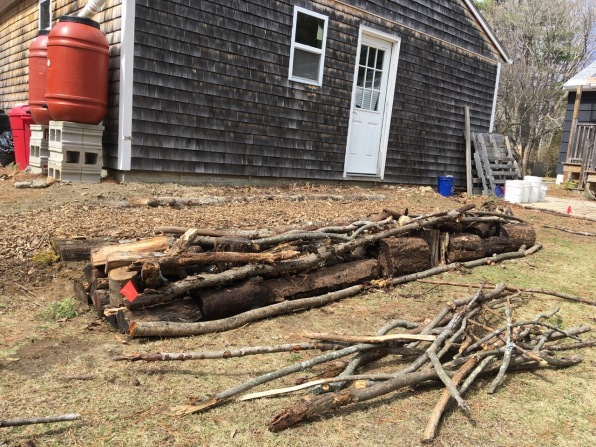

 The earth is waking up in our neighborhood, and all her creatures. I love the cacophony of bird song that I hear when I walk in the morning. The other day I saw this little red fellow pecking at the side mirror of an automobile parked in a driveway next to a long hedgerow of bushes. It is a common cardinal thing. When he sees his reflection in the glass, he thinks it is a competitor, and tries to defend his territory. If you look closely, you can see his reflection in the glass too, though most of the time, I see him pecking the side mirror, not the car window.
The earth is waking up in our neighborhood, and all her creatures. I love the cacophony of bird song that I hear when I walk in the morning. The other day I saw this little red fellow pecking at the side mirror of an automobile parked in a driveway next to a long hedgerow of bushes. It is a common cardinal thing. When he sees his reflection in the glass, he thinks it is a competitor, and tries to defend his territory. If you look closely, you can see his reflection in the glass too, though most of the time, I see him pecking the side mirror, not the car window.









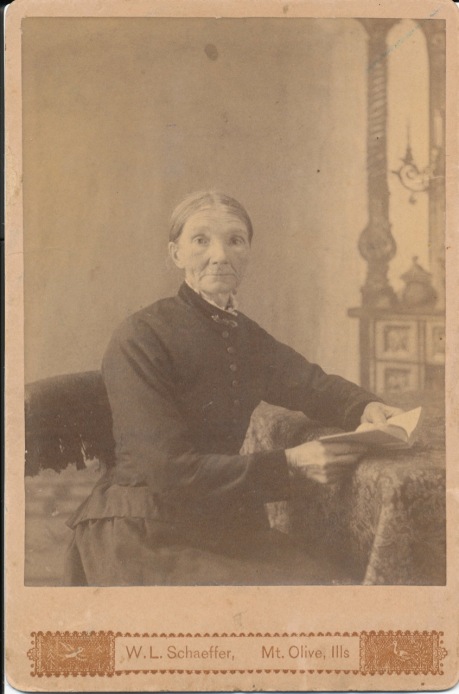



























 This week there were a few exciting new developments in the garden. We harvested our very first elderberries—maybe a whole half cup of them! Earlier in the summer, I was worried about whether something was wrong with the elder flowers, and perhaps there was, but eventually they created a spotty bunch of green berries. I must admit, I hadn’t gone by the bush for several days, but when I went out the other day, they were purple. I ate one that was quite sweet, but Margy tasted a sour one, not as ripe.
This week there were a few exciting new developments in the garden. We harvested our very first elderberries—maybe a whole half cup of them! Earlier in the summer, I was worried about whether something was wrong with the elder flowers, and perhaps there was, but eventually they created a spotty bunch of green berries. I must admit, I hadn’t gone by the bush for several days, but when I went out the other day, they were purple. I ate one that was quite sweet, but Margy tasted a sour one, not as ripe.  Not enough to make elderberry syrup, or really much of anything, but enough to be enthused about future possibilities. Margy and I will have to celebrate with a berry eating ritual.
Not enough to make elderberry syrup, or really much of anything, but enough to be enthused about future possibilities. Margy and I will have to celebrate with a berry eating ritual. There are only a few catkins right now, but they are a harbinger of future crops of hazelnuts. In my last batch of pesto, I used hazelnuts from the Food Coop to add to basil, parsley, chives and garlic from the garden, plus olive oil and lemon of course. So we can’t quite do it only from our garden, but maybe more and more.
There are only a few catkins right now, but they are a harbinger of future crops of hazelnuts. In my last batch of pesto, I used hazelnuts from the Food Coop to add to basil, parsley, chives and garlic from the garden, plus olive oil and lemon of course. So we can’t quite do it only from our garden, but maybe more and more.

 On my walk back to the car, one more fun surprise. This colorful monarch caterpillar on a milkweed plant just past the beach roses.
On my walk back to the car, one more fun surprise. This colorful monarch caterpillar on a milkweed plant just past the beach roses. Susan McNelley describes a winter incident recounted by Champlain when some of the Montagnais/Innu came to the early French settlement, because they were starving, and asked for food.
Susan McNelley describes a winter incident recounted by Champlain when some of the Montagnais/Innu came to the early French settlement, because they were starving, and asked for food.

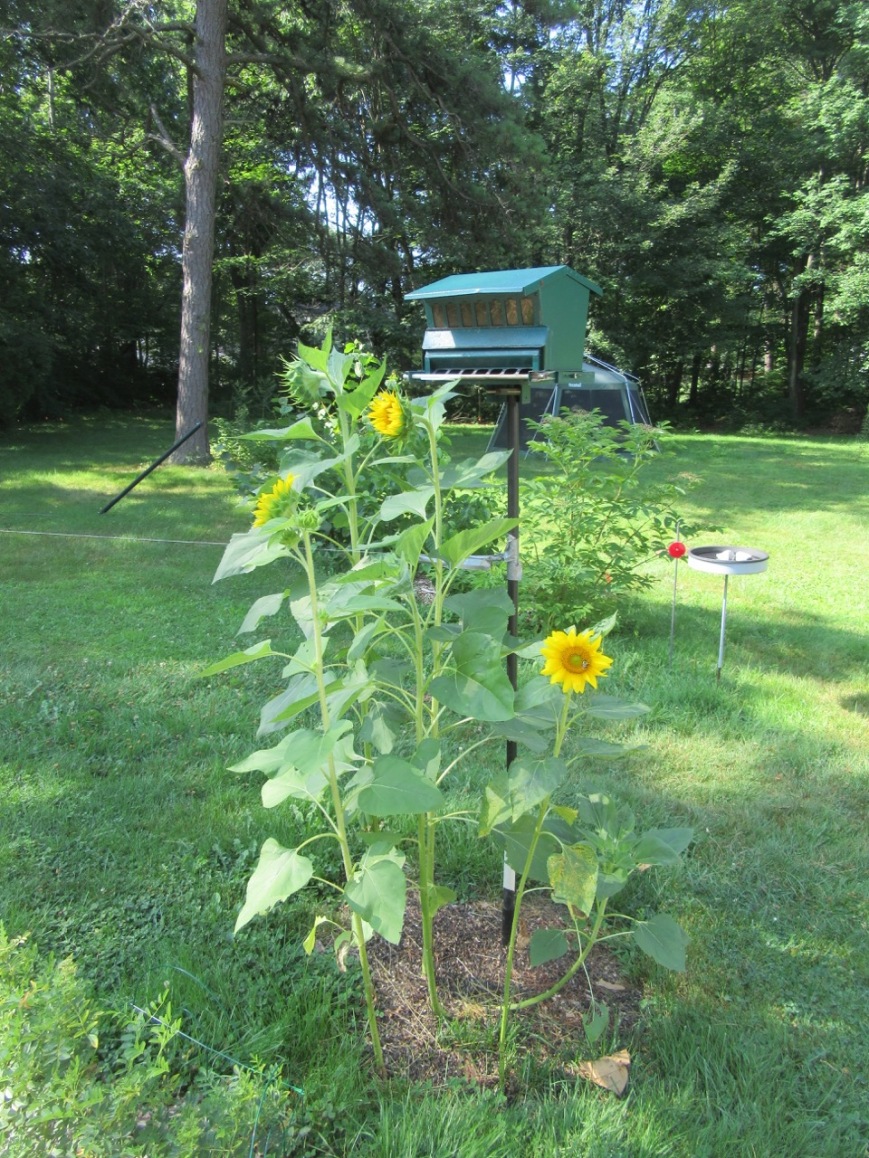



 The esplanade, the
The esplanade, the 







 When I look at the lists of Union and Confederate soldiers from Missouri, none of my direct ancestors are included, though there were two Heisler men listed as Union soldiers. It’s possible that my great-great grandfather, Johann Heisler, was too old to enlist–he would have been 40 years old in 1860, with young children. My great grandfather, Thomas Heisler was born in 1857–only a toddler when the war began. Maybe they just tried to farm their land, and keep the peace with their neighbors. One family story says the four Heisler brothers had left Germany to avoid being drafted into the military there. But it sounds like the war came to everyone’s land.
When I look at the lists of Union and Confederate soldiers from Missouri, none of my direct ancestors are included, though there were two Heisler men listed as Union soldiers. It’s possible that my great-great grandfather, Johann Heisler, was too old to enlist–he would have been 40 years old in 1860, with young children. My great grandfather, Thomas Heisler was born in 1857–only a toddler when the war began. Maybe they just tried to farm their land, and keep the peace with their neighbors. One family story says the four Heisler brothers had left Germany to avoid being drafted into the military there. But it sounds like the war came to everyone’s land.




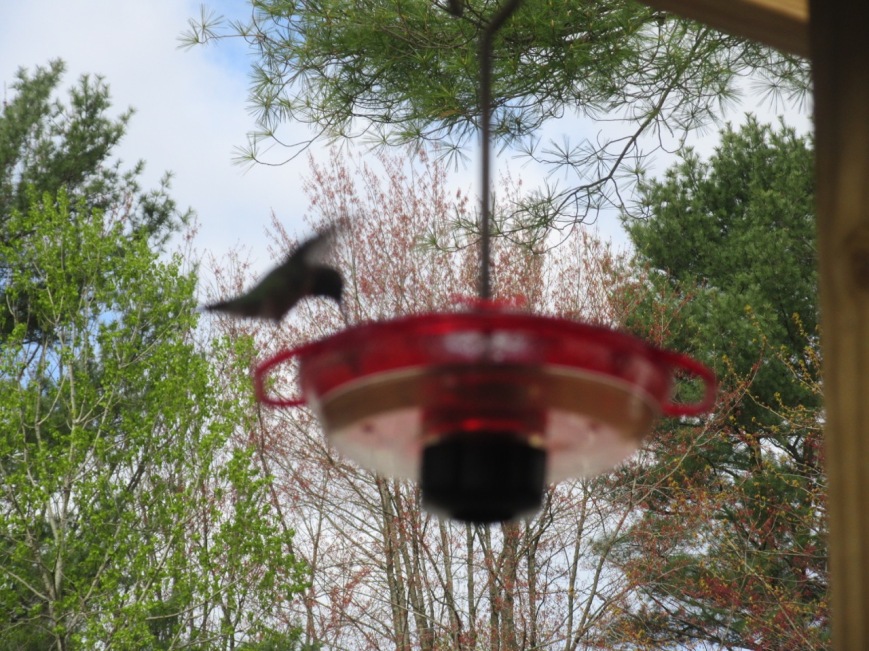
 Newly planted baby bushes are not as photogenic as old trees, but this week I’ve been excited to be planting bushes that have been
Newly planted baby bushes are not as photogenic as old trees, but this week I’ve been excited to be planting bushes that have been 






 In 1803, when the United States made the Louisiana Purchase agreement with France, they claimed ownership of Osage territory. According to educational materials of the
In 1803, when the United States made the Louisiana Purchase agreement with France, they claimed ownership of Osage territory. According to educational materials of the 

